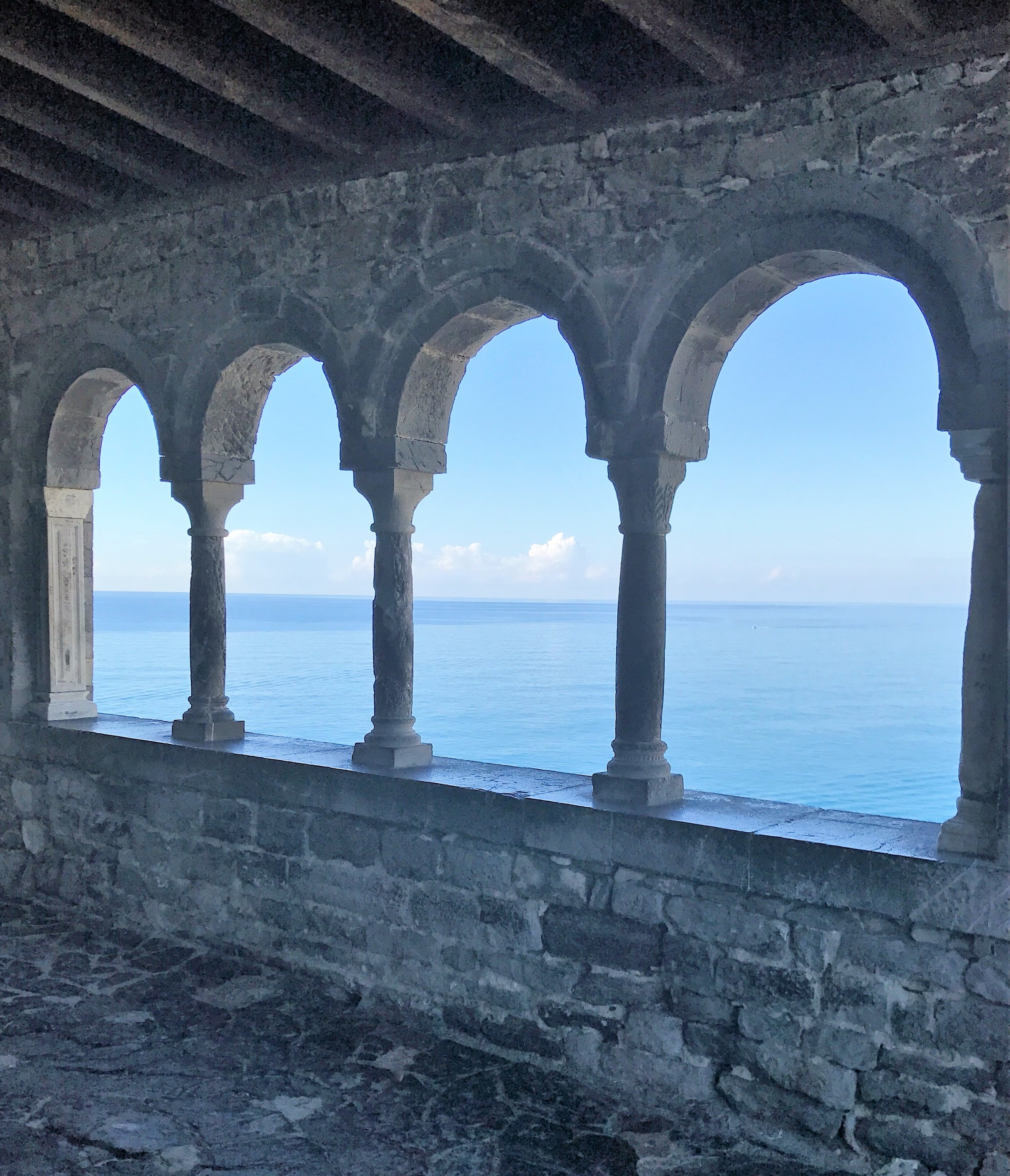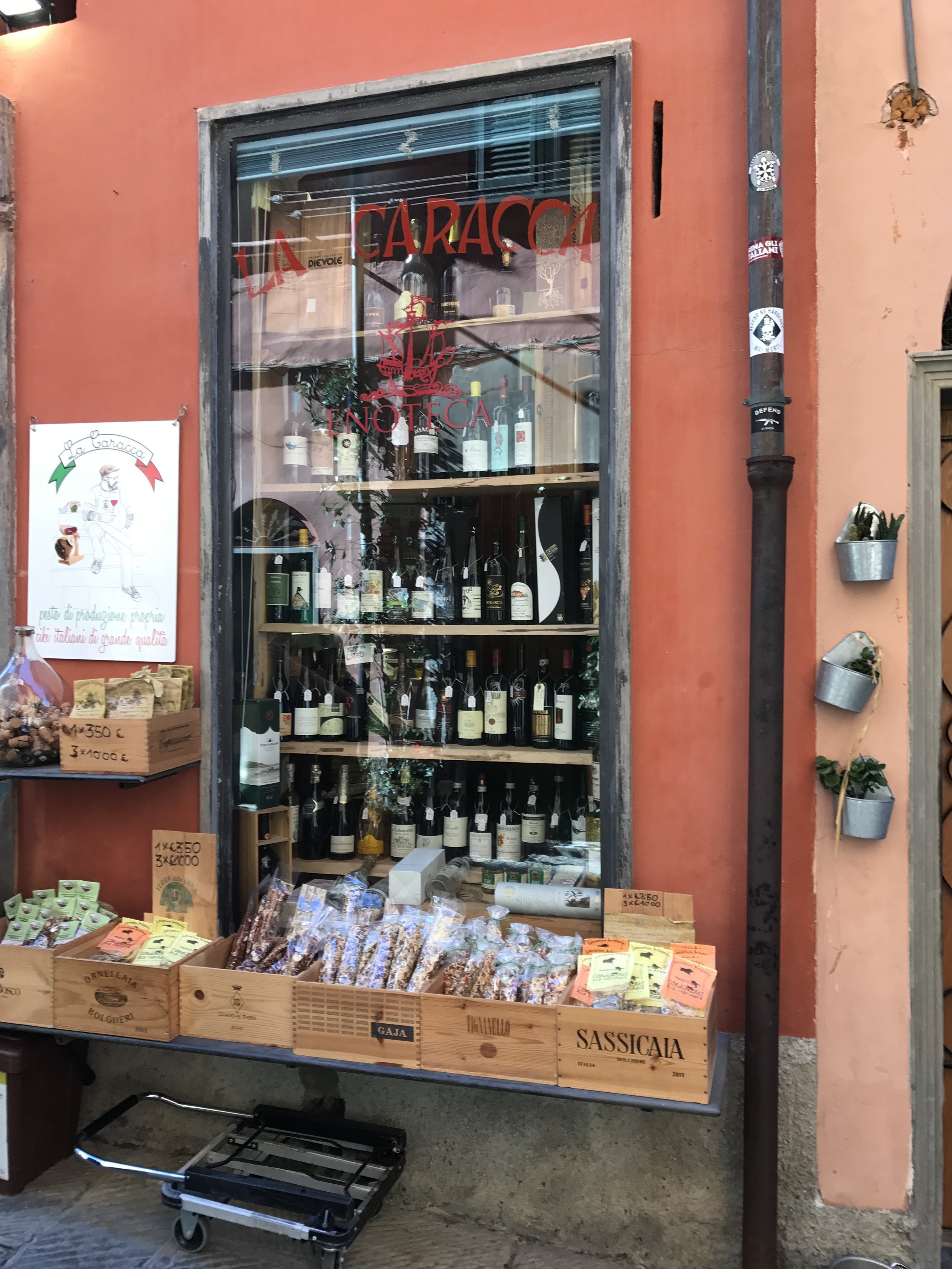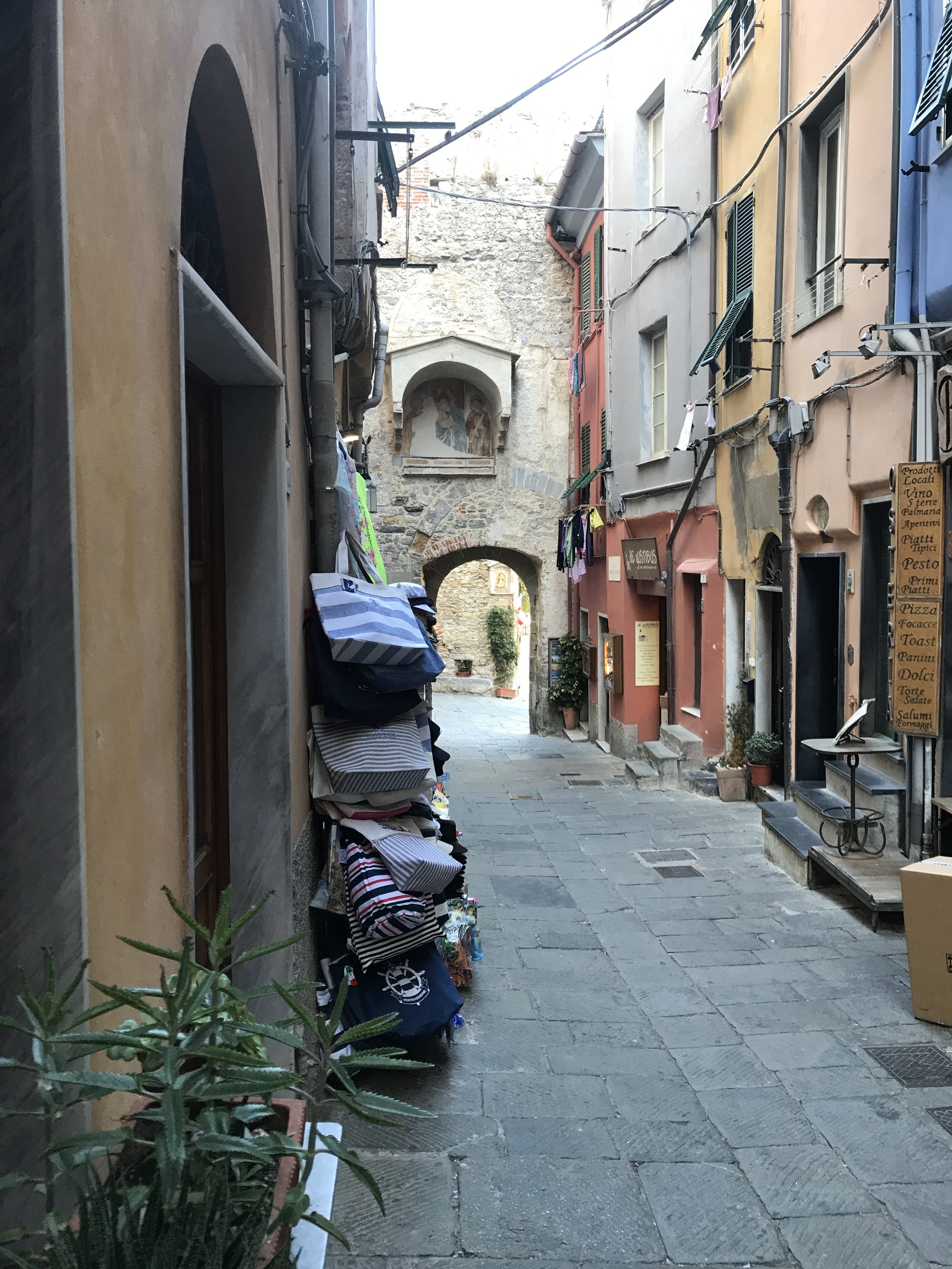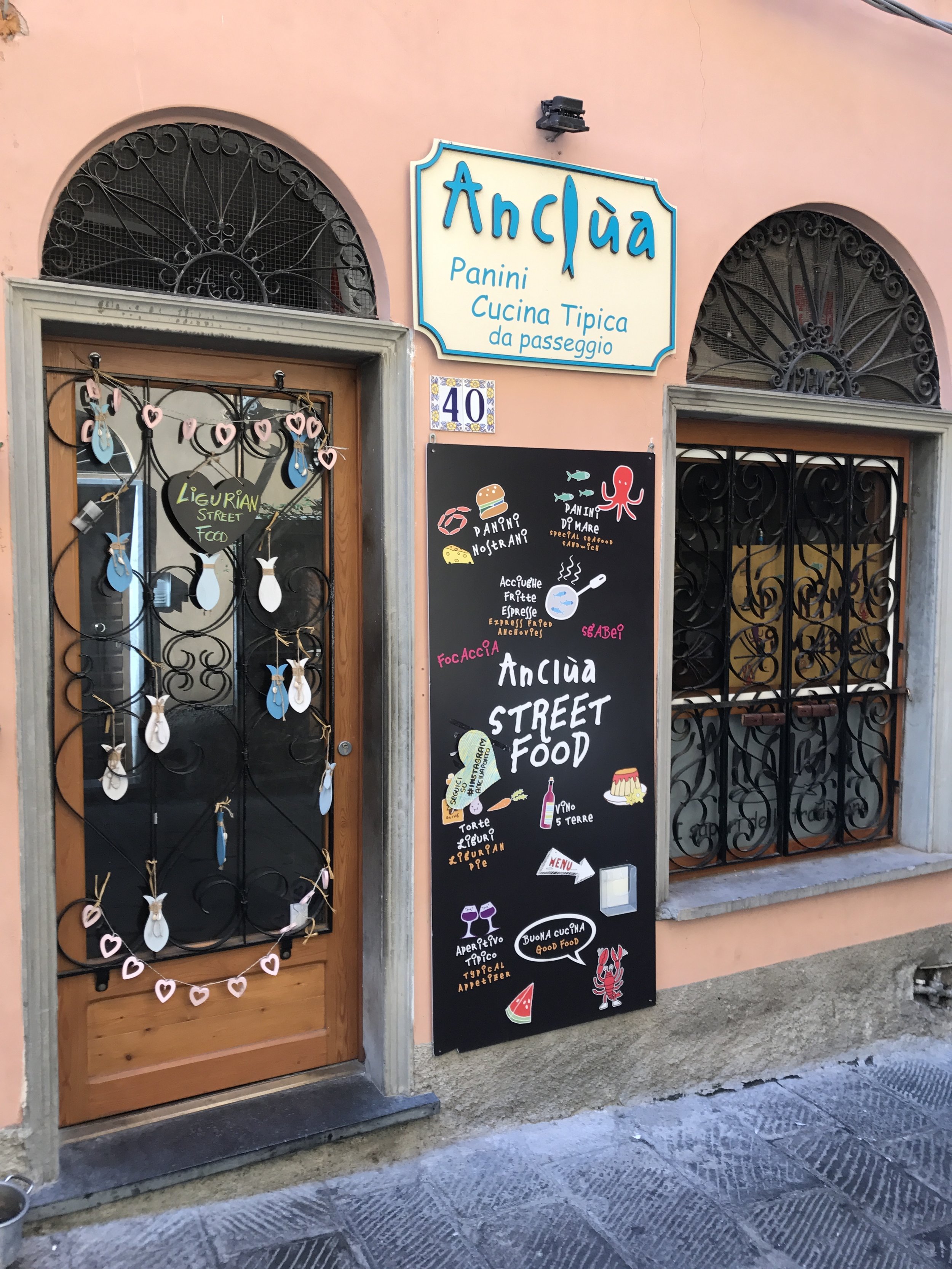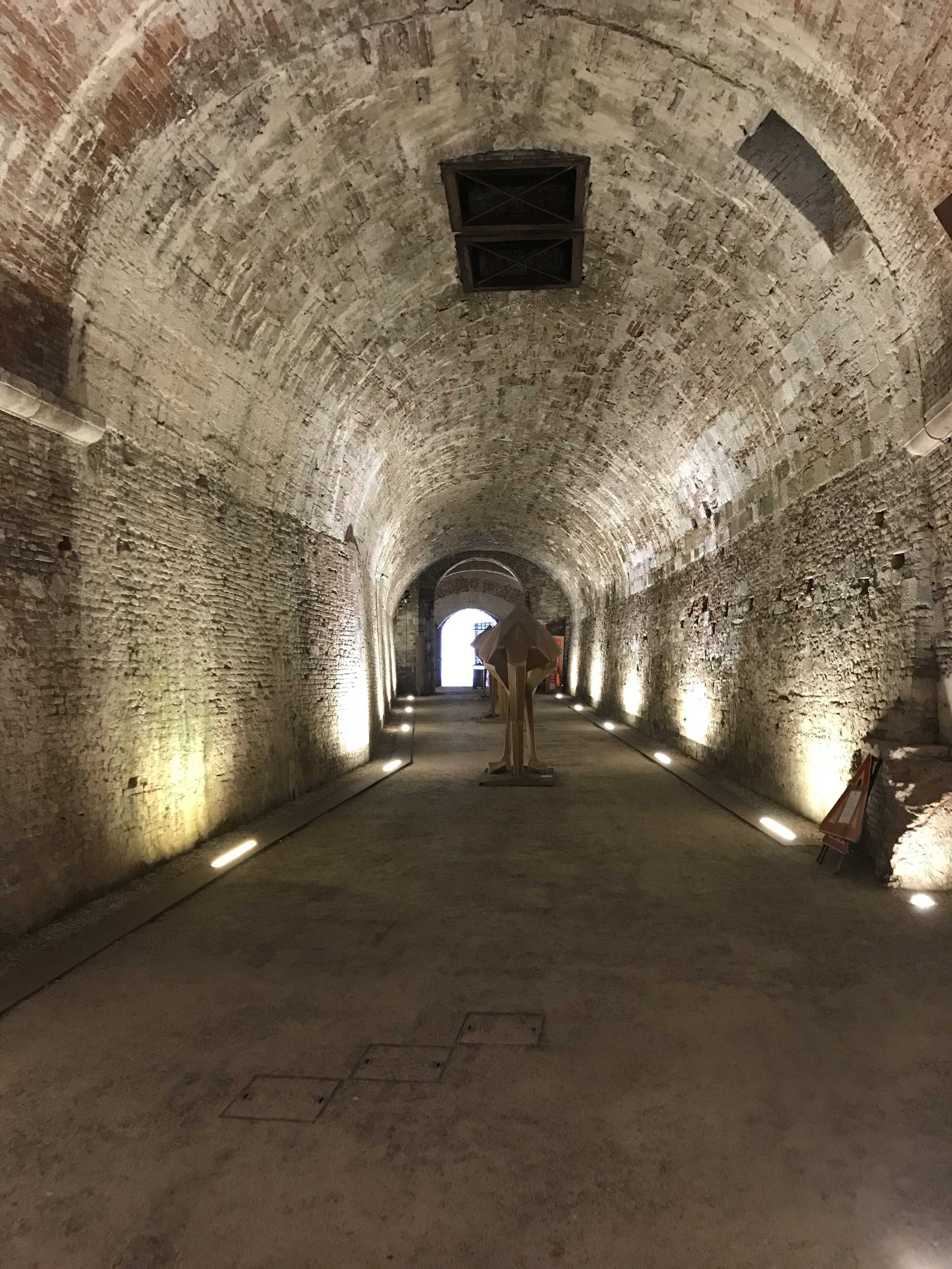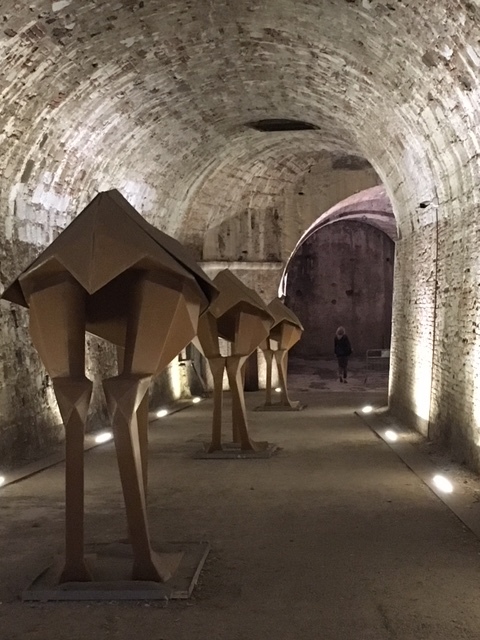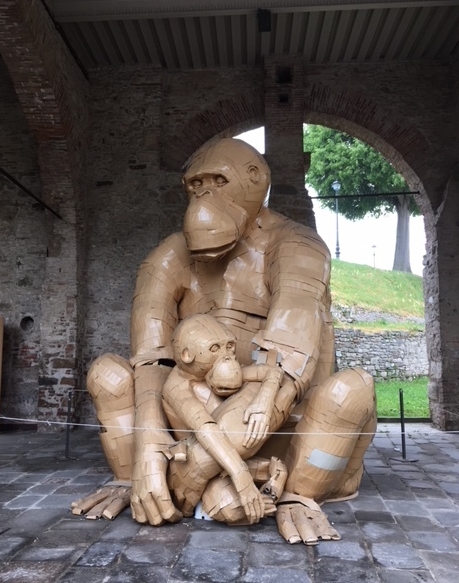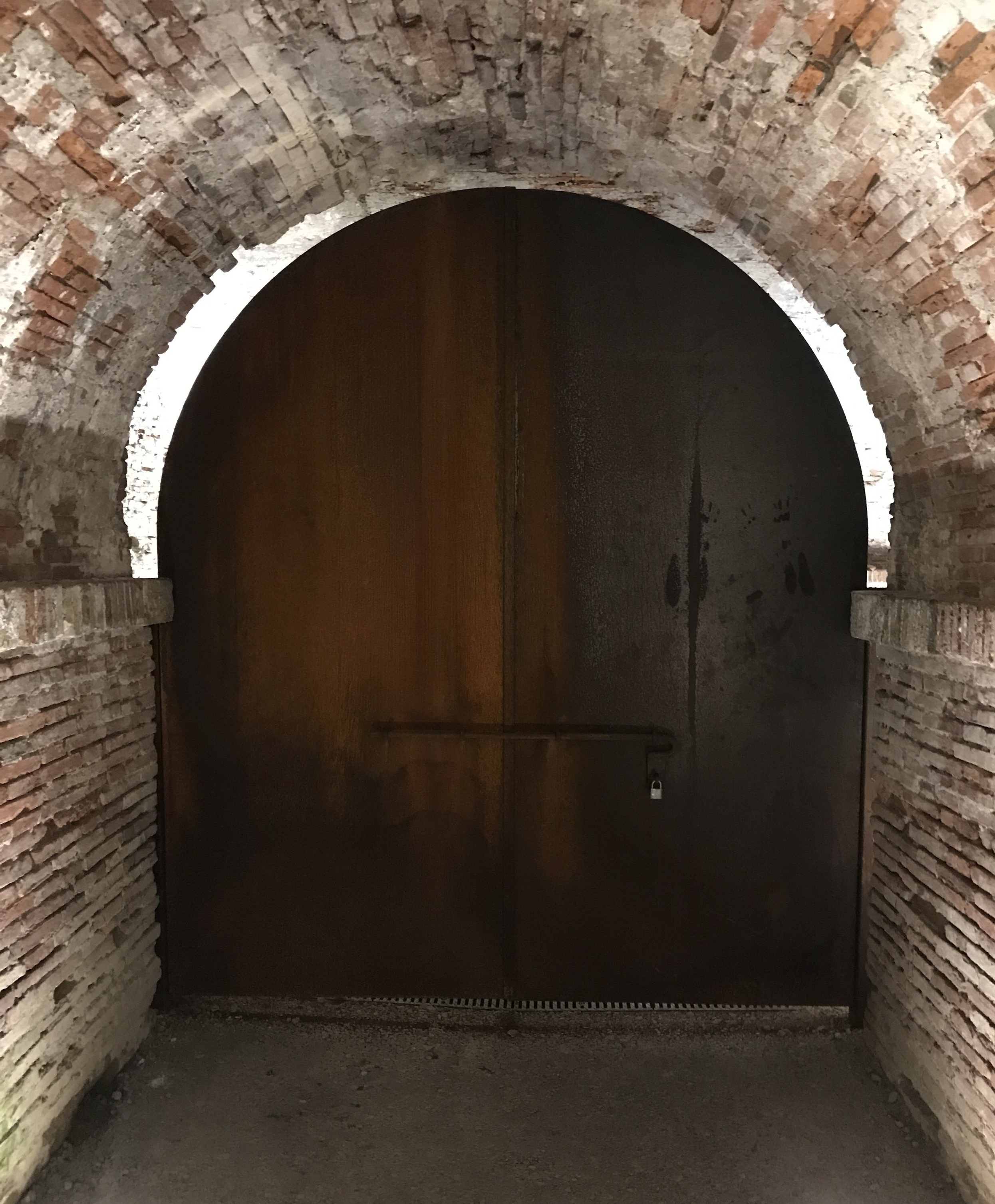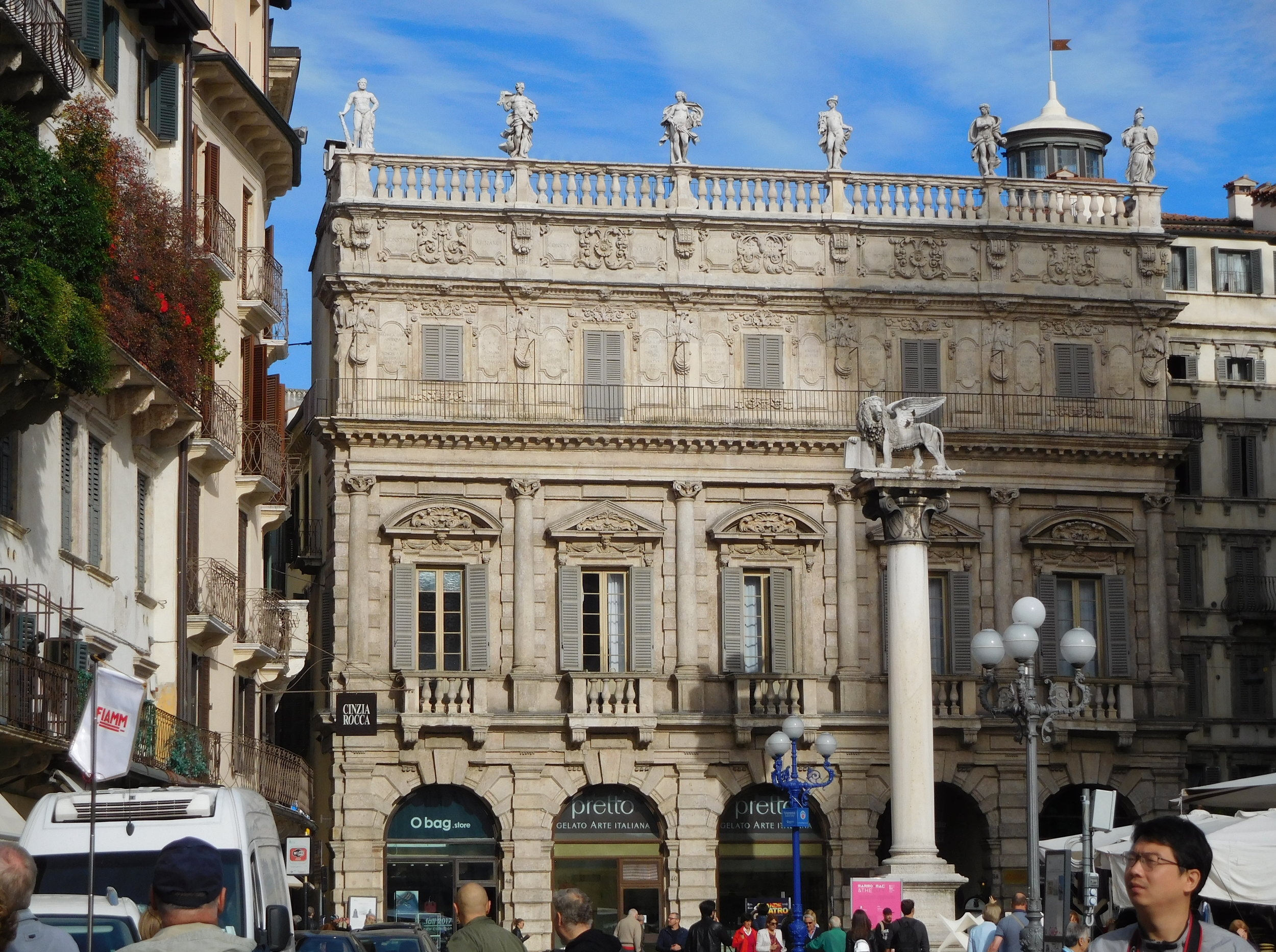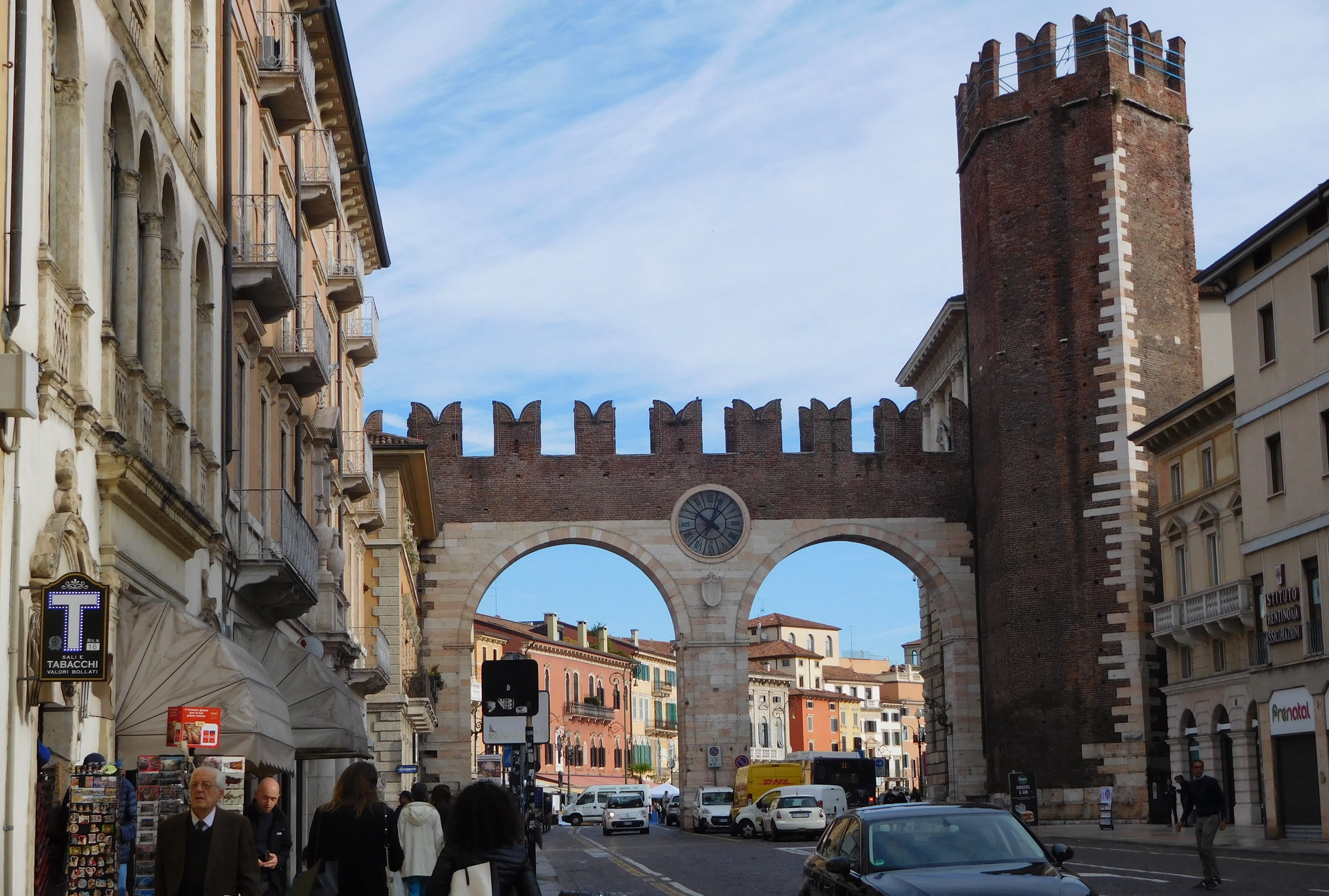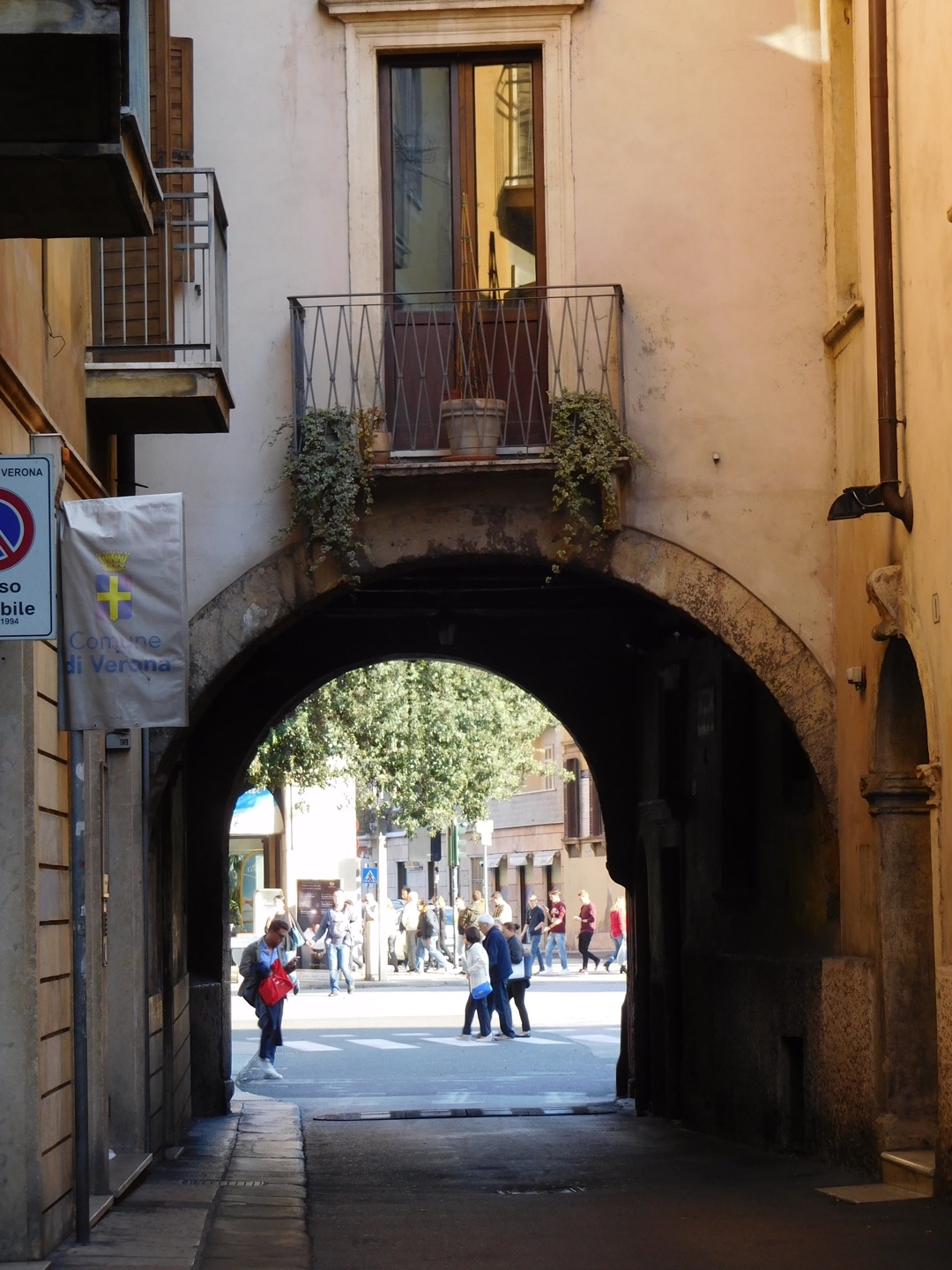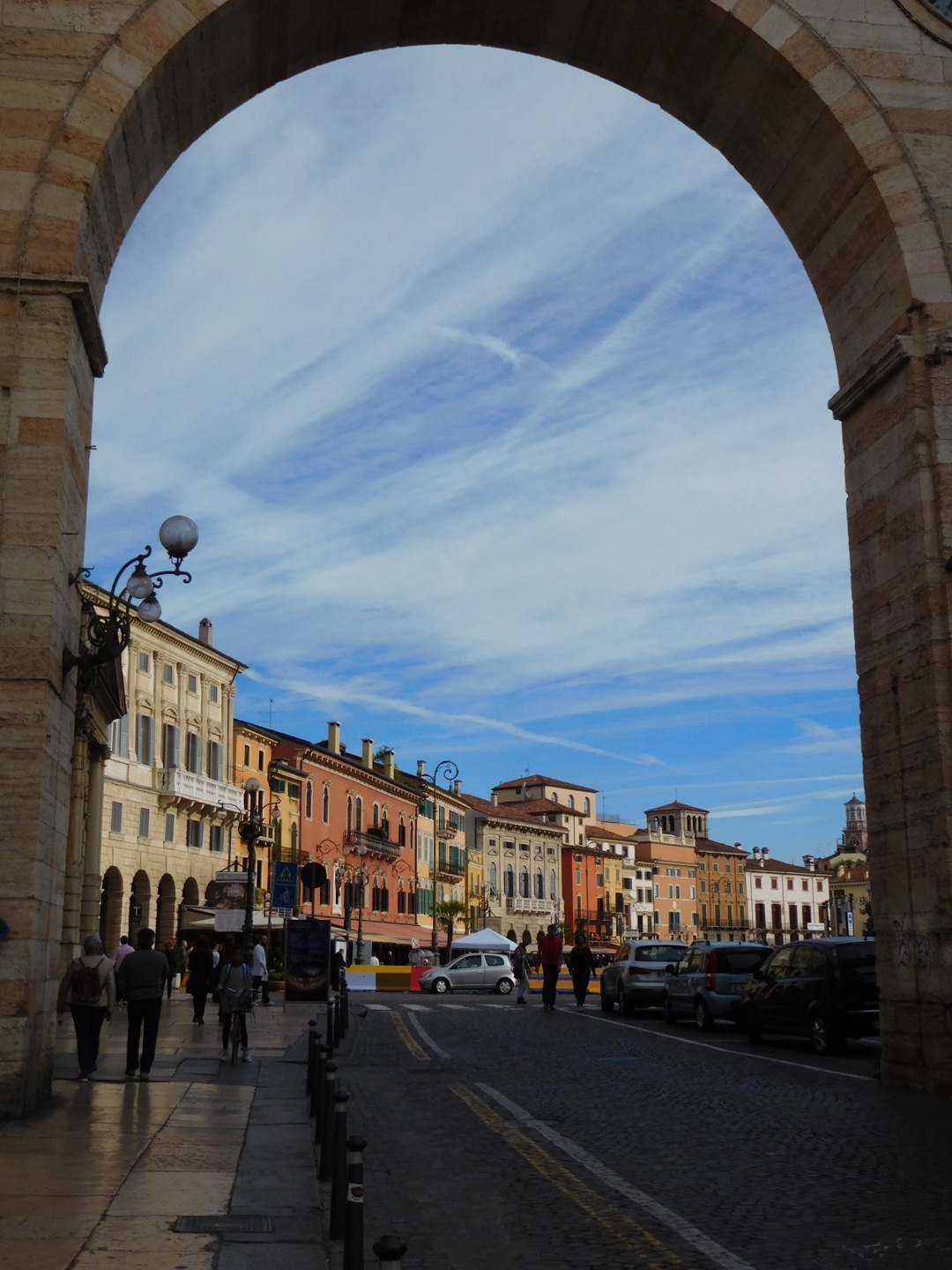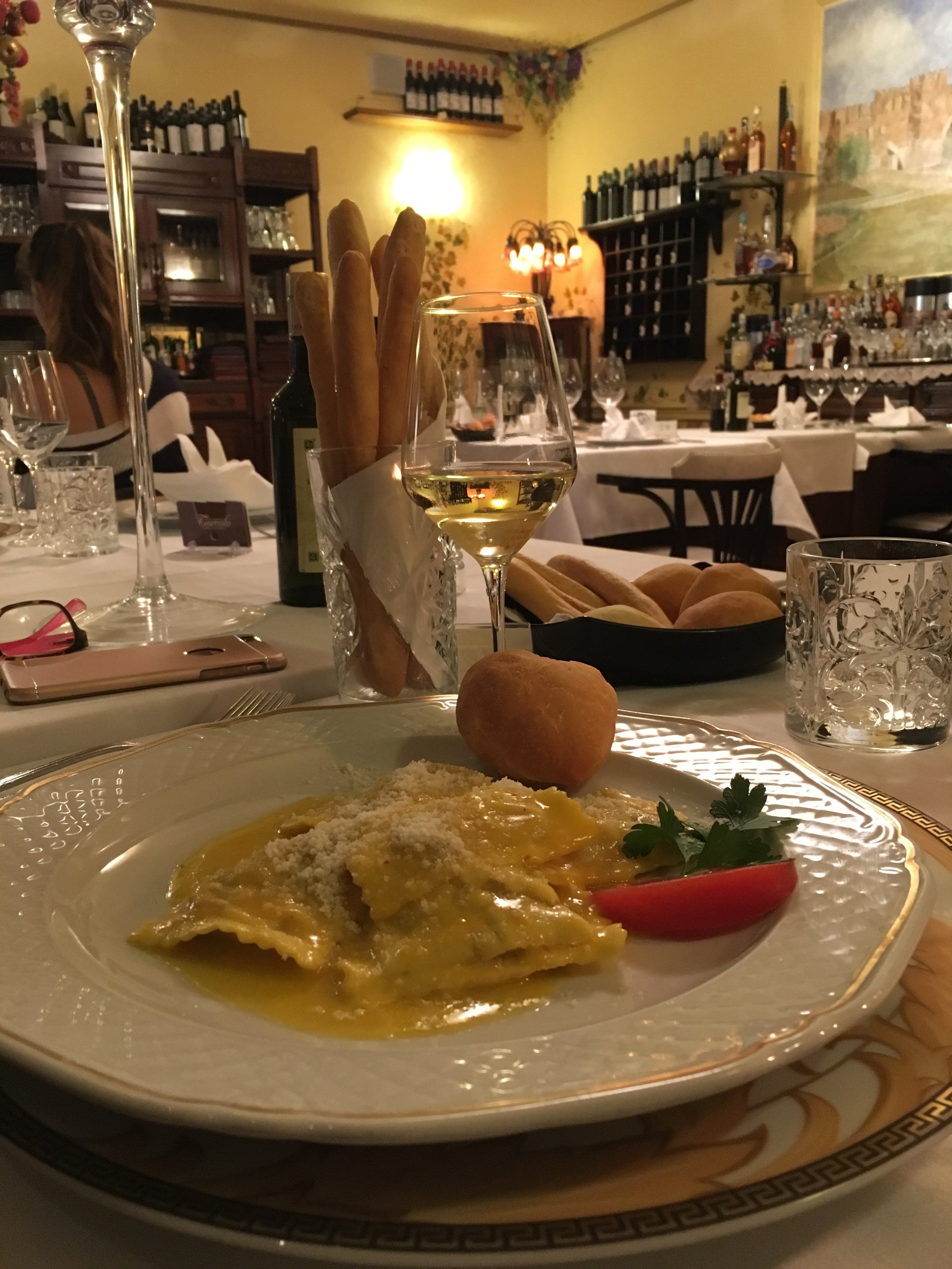Walking in the Italian Rain
The first time I came to Italy for an extended vacation, it rained nearly every day for four weeks. It was April and unseasonably cold and wet that year - and yet I loved it. I quickly learned to always carry an umbrella, to duck into a bar for a coffee when a sudden rain hit, to eat meals indoors during the hardest rains, and to take advantage of every break in the storm to be out and about. I often walked in the rain and enjoyed seeing the city reflected in puddles. Maybe it's because I live most of the year in a place that gets little moisture, but I seemed to thrive on the wet weather that year in Italy.
A group of tourists out and about despite the rain.
I've never had quite such a long rainy spell on my return visits. April is usually beautiful, cool to warm with only scattered showers. Last year's spring brought a perfect mix of warm and sunny days along with cooler days with a little rain. Only a few times did the rain last for even a half day. There was one morning though that was cloudy with several hours of steady rain - making it the perfect time for a walk through Lucca, ombrello (umbrella) in hand, enjoying the wet weather.
Rainy days bring out lots of color as umbrellas brighten the dark skies.
Bicycles, a common form of transportation, don't stop for the rain.
And the flower market continues under ombrellones (big umbrellas).
Italians look stylish, even in raingear.
The city reflected in a wet street.
Eventually the rain stopped, the skies turned blue, and the sun came out. I enjoyed the sun, but I'll look forward to the next rainy day, perhaps this month when I return to spend an Italian spring in Lucca. -post by JB








